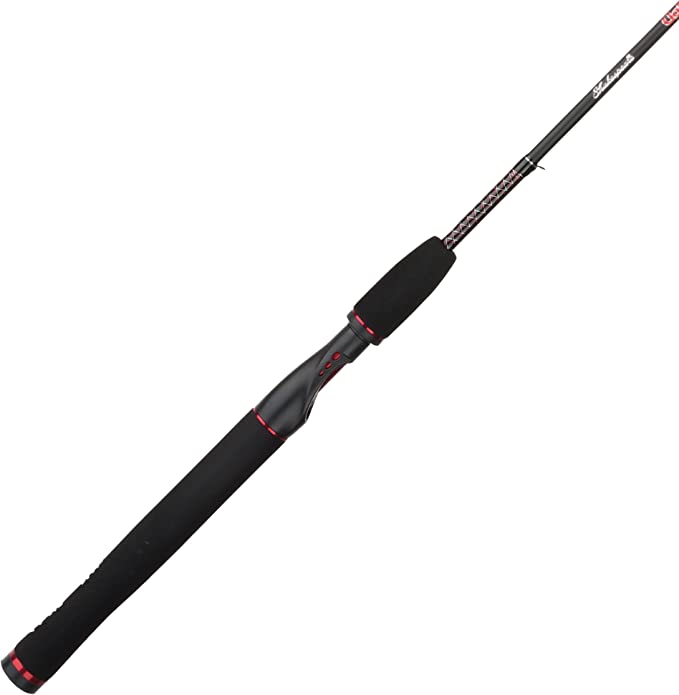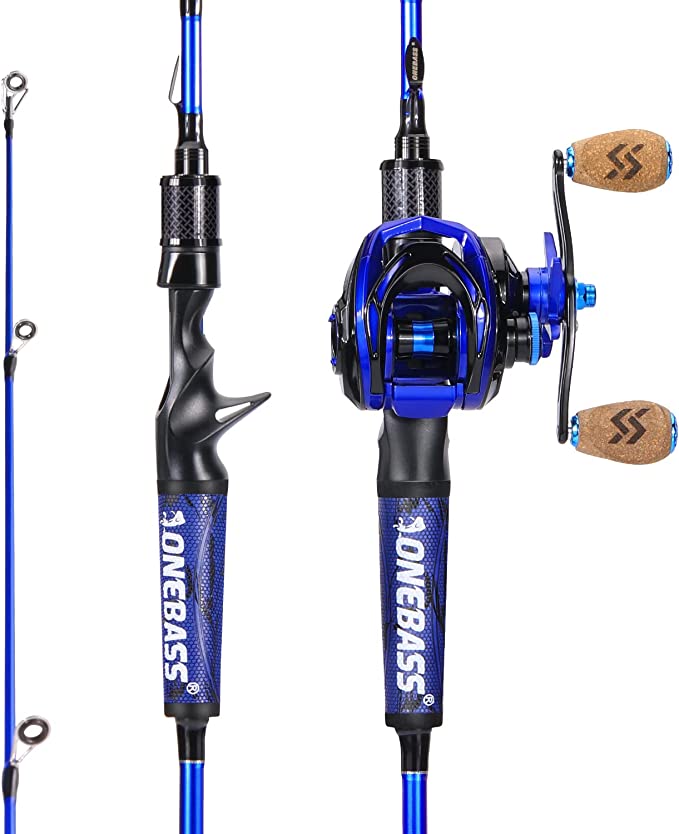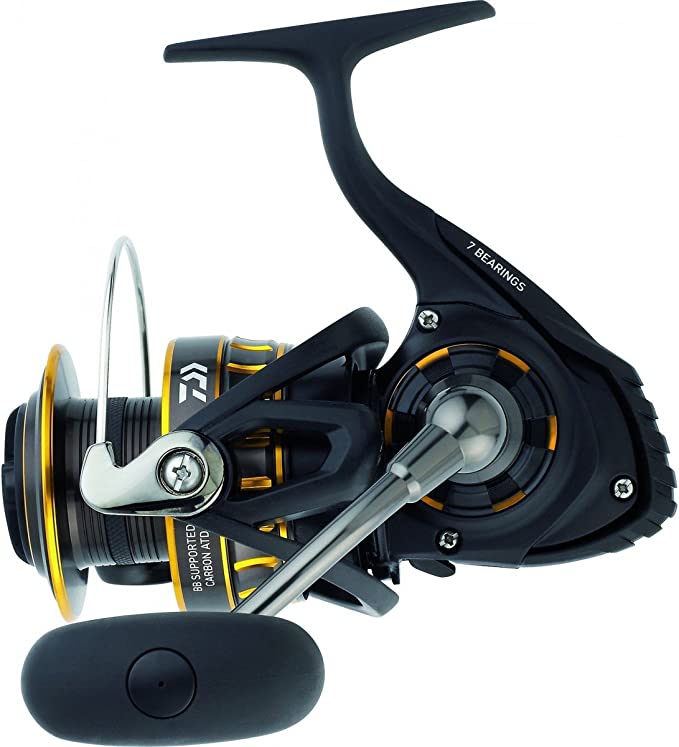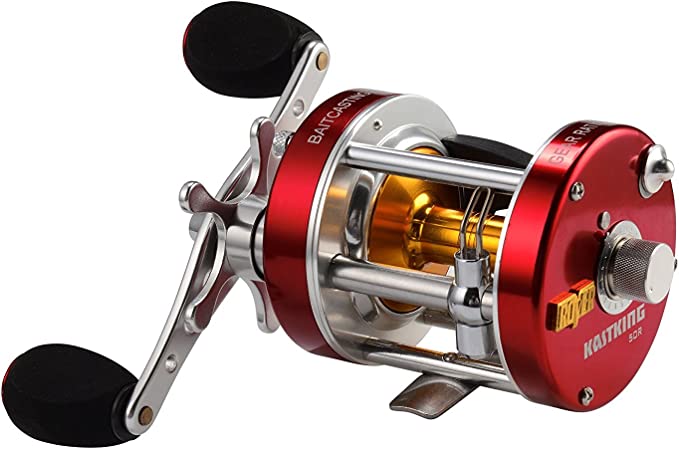Solera Screen Room for RV Awnings: Science of Patio Comfort & Protection
Update on March 29, 2025, 3:32 a.m.
The quintessential image of RV life often involves relaxing comfortably outside your rig. Picture it: morning coffee as the sun rises, an alfresco dinner under the stars, or simply lounging with a good book, embraced by nature. The RV awning extends this living space, offering a tantalizing promise of an outdoor room. Yet, this idyllic vision frequently collides with reality. Uninvited guests – buzzing insects – arrive in swarms. The midday sun beats down with relentless intensity. An unexpected breeze sends napkins flying. Suddenly, the open patio feels less like a sanctuary and more like a battleground against the elements.
This common experience fuels the desire for a solution, a way to tame the outdoors just enough to make it consistently enjoyable. Enter the concept of the awning screen room: an enclosure designed to attach to your existing RV awning, aiming to provide that coveted protected space. The Solera Screen Room is one such product vying to fulfill this need for owners of 5th wheels, travel trailers, and motorhomes. But creating a truly comfortable outdoor haven involves navigating a complex interplay of physics, material science, and practical design. Let’s delve into the science behind these enclosures to understand how they work, what compromises they entail, and what factors influence their real-world performance.

Decoding the Shade: More Than Just Blocking Sun?
One of the primary functions of any awning accessory, including a screen room, is to provide shade. This seems simple, but the science behind it is fundamental to comfort.
The sun bombards us with electromagnetic radiation, including visible light, ultraviolet (UV) radiation, and infrared (IR) radiation, which we feel as heat. Direct exposure to this solar radiation is what makes sitting in the sun feel hot and carries the risk of sunburn from UV rays. An awning and its accompanying screen walls act as physical barriers, intercepting a significant portion of this direct radiation before it reaches you or the ground beneath the awning. By blocking the path of the sun’s rays, less energy is absorbed by your skin, clothing, and the surfaces around you, leading to a noticeably cooler sensation compared to being in direct sunlight. This reduction in radiative heat gain is the most significant way shade structures combat heat.
The Solera Screen Room utilizes a “Khaki Mesh” fabric. The choice of a light color like khaki is intentional and relates to a property called albedo – the measure of how much solar radiation a surface reflects. Lighter colors generally have a higher albedo than darker colors. This means the khaki fabric will reflect more of the incoming visible sunlight compared to a black or dark grey material, which would absorb more light energy and convert it into heat. While the fabric itself might still warm up, reflecting more sunlight can contribute marginally to keeping the space underneath slightly cooler than if a dark, heat-absorbing material were used. However, it’s crucial to remember that the primary cooling effect comes from blocking direct radiation altogether, not just from the color’s reflectivity.
While the product description emphasizes protection from the sun, it doesn’t specify the level of UV protection offered by the mesh fabric. Most synthetic materials used in outdoor gear offer some inherent UV resistance, and denser weaves block more UV than open weaves. However, without specific ratings (like a UPF factor), users should assume the primary benefit is shade from direct light, and still consider appropriate sun protection measures on bright days, as UV rays can also reflect off surrounding surfaces.
The Bug Barrier: A Balancing Act Between Protection and Airflow
Perhaps the most sought-after benefit of a screen room is the creation of a bug-free zone. Nothing disrupts patio relaxation faster than whining mosquitoes or persistent flies. The mechanism is straightforward: the mesh fabric acts as a physical barrier.
Imagine the mesh as a net with precisely sized openings. Insects larger than these openings simply cannot pass through. The effectiveness depends directly on the aperture size (the dimensions of the holes) relative to the target insects. A finer mesh with smaller openings will block smaller pests like no-see-ums, but standard mesh is generally effective against larger insects like flies and mosquitoes. The Solera Screen Room, using “mesh fabric,” aims to provide this barrier.
However, this protection comes with an inherent trade-off, one deeply rooted in physics: the relationship between the mesh barrier and airflow. The very structure that blocks insects also impedes the free movement of air. Every strand of fabric presents an obstacle, creating resistance. A denser weave or smaller aperture size, while better at stopping tiny bugs, will invariably offer greater resistance to airflow. Conversely, a more open weave allows more air to pass through but might permit smaller insects entry. Manufacturers must strike a balance based on intended use and target pests. Some user feedback for products like this mentions the material feeling like “thick heavy plastic mesh,” which could imply a denser, potentially more durable weave, but might also contribute to the perceived lack of airflow noted in other reviews. This highlights the constant design tension between maximizing bug protection and maintaining ventilation.
The Challenge of Staying Cool: Ventilation Dynamics in Enclosed Spaces
While shade blocks direct sun and mesh blocks bugs, achieving a truly cool space within a screen room hinges critically on ventilation. This is where user expectations, manufacturer claims (“stay cool”), and the laws of physics can sometimes diverge, leading to experiences like the “oven effect” reported by some users.
Natural ventilation relies on two main forces: wind pressure and thermal buoyancy (convection). Wind blowing against the screen room creates higher pressure on the windward side and lower pressure on the leeward side, potentially forcing air through the mesh. Convection occurs as the sun heats the ground and objects inside the enclosure; this warmer, less dense air tends to rise, and if there are openings high up, it can escape, drawing cooler, denser air in through lower openings.
However, any enclosure, even one made of mesh, significantly alters these natural processes compared to an open patio. The mesh fabric, as discussed, presents resistance to wind-driven airflow. Even on a breezy day, the air movement inside the room will be noticeably less than outside. More importantly, the enclosure traps air. When the sun heats the ground and the RV sidewall under the awning, that heat is transferred to the air inside the screen room via convection and radiation. In an open patio, this warm air can easily mix with the surrounding atmosphere and dissipate. Inside the screen room, its escape is restricted by the roof (the awning fabric) and the mesh walls.
If there isn’t enough wind to force air exchange, or if the mesh is too dense to allow easy passage, this trapped air continues to heat up. The warm air rising via convection might be blocked by the awning fabric above, preventing efficient thermal siphoning. This can lead to a buildup of hot, stagnant air, especially on sunny, calm days – precisely the conditions described by users experiencing uncomfortable heat. The khaki color helps by reflecting some sunlight, but it cannot overcome the fundamental physics of trapping heat if ventilation is insufficient.
Therefore, it’s vital to manage expectations. A screen room provides shade and a bug barrier. It may feel cooler than direct sun, but it is not an air conditioner. Its internal temperature will always be strongly influenced by the ambient temperature, humidity, solar intensity, and, crucially, the actual amount of air exchange occurring through the mesh. The claim that the lightweight material “helps keep your outdoor space cooler” should be interpreted primarily through its function as shade, with the understanding that ventilation effectiveness is variable and can be a limiting factor, as real-world user feedback suggests.
Material Matters: Weaving Durability and Function for the Outdoors
The choice of material is critical for any product intended for outdoor use. The Solera Screen Room is described as using “Khaki mesh fabric.” While the exact polymer composition isn’t specified (common options include polyester, fiberglass, or nylon, sometimes PVC-coated), we can infer some necessary properties.
Outdoor fabrics face harsh conditions: intense UV radiation from the sun, fluctuating temperatures, moisture (humidity, dew, potentially rain splash), wind stress, and physical abrasion during setup, use, and storage. Therefore, the mesh needs to be:
- UV Resistant: Prolonged sun exposure can degrade polymers, making them brittle and weak. UV stabilizers are often added to outdoor fabrics.
- Strong and Tear Resistant: The fabric must withstand wind loading and the tension required for a taut setup without ripping.
- Dimensionally Stable: It shouldn’t excessively stretch or sag when exposed to heat or moisture.
- Resistant to Mold and Mildew: Materials that don’t readily support microbial growth are preferred, especially if the room might be packed damp.
The user comment describing the material as “thick heavy plastic mesh” is interesting. While subjective, it might hint at a PVC-coated polyester mesh. PVC coatings can enhance durability, water resistance (though not making it waterproof), and stiffness, but they can also reduce breathability and flexibility compared to uncoated fabrics, potentially contributing to both the perceived robustness and the reported lack of airflow. The 31-pound weight for the 20-foot model suggests a reasonably substantial material is used, aligning with the need for durability in such a large structure.
It’s important to note that “mesh” primarily implies airflow through the openings, not inherent breathability of the fabric strands themselves, especially if coated. Furthermore, the description makes no claim of water resistance or waterproofness. Users should expect that rain will easily pass through the mesh panels.
Getting the Right Fit: Compatibility and Measurement Are Paramount
An RV screen room is not a one-size-fits-all accessory. Its effectiveness, particularly in sealing out insects and looking taut, depends heavily on achieving a proper fit with the specific RV and awning combination. The manufacturer provides key compatibility guidelines:
- Awning Extension: Designed specifically for awnings with an 8-foot extension (the distance the awning projects from the RV wall). Using it with shorter or longer extensions would likely result in a poor fit, with excess fabric or inability to reach attachment points.
- Awning Brands: Stated compatibility with Solera, Dometic, and Carefree awnings (within the 8’ extension parameter). This suggests the attachment methods and dimensions are designed around the common features of these popular brands. Using it with other brands might be possible but is not guaranteed and could require modifications.
- RV Height: Accommodates RVs with an awning rail-to-ground measurement up to 130 inches (10 feet, 10 inches). This ensures the side panels are long enough to reach the ground on taller RVs.
- Width Measurement: This is perhaps the most critical user measurement required. The instructions specify measuring from the center of the vertical awning arm to the center of the other vertical awning arm. This distance determines the required size (10’, 11’, … 21’) of the screen room kit. An incorrect measurement here will lead to a front panel that is too loose or too tight to install correctly.
The inclusion of a bottom skirt panel and a wheel well filler panel demonstrates attention to sealing potential gaps. The skirt aims to close the space between the bottom of the mesh walls and the ground, preventing drafts and crawling insects. The wheel well filler addresses the awkward gap often present over the RV’s wheels, creating a more continuous barrier along the RV wall. Achieving a good seal in these areas is crucial for effective bug protection.

From Box to Campsite: The Installation Reality
The process of transforming panels of mesh fabric from a storage bag into a functional room attached to an RV awning involves several steps. While the manufacturer describes the Solera Screen Room as having “quick, easy installation” that “attaches directly to your RV’s awning,” user experiences paint a more complex picture. Reviews frequently mention difficulty, describing it as a “pain in the keester” or even “impossible to install,” suggesting a significant discrepancy for at least some users.
How does it likely attach? Typically, the top edge of the front panel slides into the utility channel found on most awning roller tubes. The side panels then usually attach vertically to the RV wall (perhaps via twist fasteners or adhesive tracks, though hardware details aren’t specified) and connect to the awning arms and the front panel, often with zippers or Velcro. Tensioning systems (straps, stakes) are then used to pull the structure taut and secure it to the ground.
Why the difficulty? Several factors could contribute: * Tensioning: Achieving the right tension can be tricky. Too loose, and it sags and flaps; too tight, and zippers are strained, or attachment points stressed. * Alignment: Getting large fabric panels perfectly aligned, especially on uneven ground or if the RV isn’t perfectly level (despite the warning), can be challenging. * Reaching: Attaching panels high up on the awning roller or RV sidewall requires reaching, potentially needing a step stool. * Instructions: Unclear or poorly illustrated instructions can turn any assembly into a frustrating puzzle. * Awning Variations: Subtle differences between even compatible awning models might affect fit.
This disparity suggests that “easy” might be relative. For someone experienced with similar products or mechanically inclined, it might be straightforward. For others, particularly those setting up and taking down frequently (the “traveler”), the time and effort involved might outweigh the benefits, as one reviewer noted. It seems potentially better suited for RVers who plan to stay put in one location for an extended period, making the initial setup investment worthwhile.
The safety warnings are standard but crucial: always level the RV first for stability and proper fit. Avoid use in high winds or severe weather; large fabric structures present significant wind sail area and can be easily damaged or cause damage to the awning or RV.
Synthesizing the Science and Experience: An Informed Perspective
Evaluating the Solera Screen Room, or any similar product, requires synthesizing the manufacturer’s intent, the underlying scientific principles, and the practical realities reported by users.
The intent is clear: to extend the RV’s living space outdoors, providing protection from sun and bugs, using khaki mesh fabric attached to compatible awnings. The science explains how this works (shade blocking radiation, mesh acting as a physical barrier) but also highlights the inherent limitations and trade-offs. Shade doesn’t equate to active cooling if ventilation is poor. Bug protection via mesh directly competes with airflow potential. Material choices involve balancing durability, cost, and functional properties like breathability. Compatibility is key for proper function.
The user experience, as reflected in the limited sample of reviews, suggests that while the concept is appealing, the execution might fall short for some, particularly regarding ventilation (heat trap) and installation ease. These aren’t necessarily flaws unique to this specific product but can be common challenges with this type of accessory due to the physics involved and the practicalities of attaching large fabric structures to RVs.
An informed potential user should therefore consider their priorities: * Is primary goal absolute bug protection, even if it means less airflow? * Is maximum ventilation more important, perhaps accepting a less “sealed” solution like simple shade panels? * How tolerant are they of potential heat buildup on hot, calm days? * How important is quick and effortless setup versus a more involved process for longer stays? * Do they have one of the specifically listed compatible awnings and have they measured accurately?
Understanding the science helps set realistic expectations. A screen room can enhance comfort by providing shade and a bug barrier, but it won’t magically transform a hot, humid day into a cool paradise. It’s a tool with specific functions and inherent limitations governed by the laws of nature.

Beyond This Screen Room: Principles for Your RV Oasis
Choosing accessories for your RV patio is about creating a space that enhances your camping experience according to your specific needs and tolerances. Whether considering the Solera Screen Room or any alternative, understanding the fundamental principles discussed – how shade works, the mechanics of ventilation and its limitations in enclosures, the trade-offs in mesh design, the importance of material properties, and the necessity of proper fit and installation – empowers you to make better choices. Look beyond marketing claims, consider the science, evaluate user feedback critically, and match the product’s capabilities and limitations to your own camping style and priorities. Ultimately, the goal is to create an outdoor oasis that truly adds comfort and enjoyment to your adventures on the road.






































